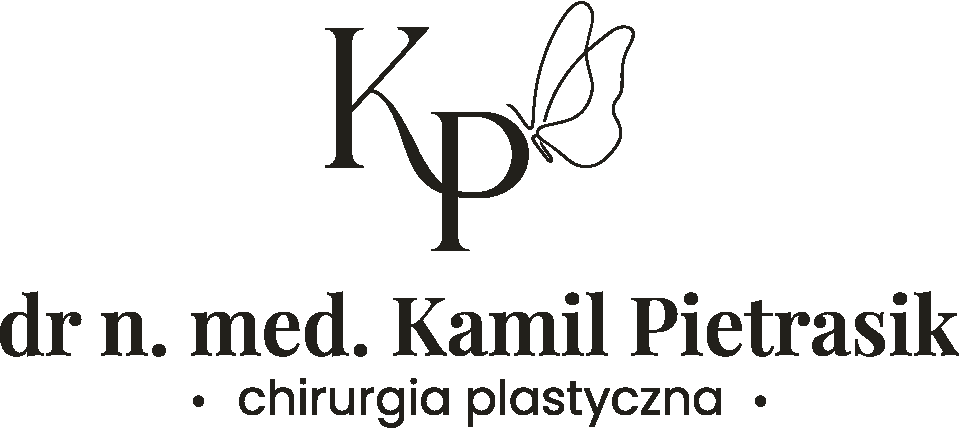Carpal tunnel syndrome
Carpal tunnel syndrome (CTS) is caused by compression of median nerve in carpal canal caused by one or few of the following reasons:
– hypertrophy of transverse carpal ligament,
– edema of flexor tendons sheaths,
– anatomical abnormalities caused by fracture, luxation and other pathologies of the wrist and distal radius,
– prolonged wrist extension,
– fluid retention in pregnancy.
Thyroid hormones imbalance, rheumatoid arthritis, and diabetes my predispose to CTS.
Most frequent manifestations of CTS involve Ist, IInd, IIIrd fingers and may present as:
– tingling,
– paresthesia,
– pain,
– grip weakening.
Neurological symptoms manifest typically at night. As they intensify, patients experience sleeping problems because severe pain is disturbing. Weakening of grip manifest by dropping of object such as glasses or keys. In end-stage of the disease pain is very severe and function of the hand is completely impaired.
In diagnosis of CTS typical history of the disease, careful examination play crucial role. Diagnostic studies such as X-ray, ultrasonography (USG), electromyography (EMG) or magnetic resonance (MR) may be ordered to confirm initial diagnosis.
Treatment of CTS depends on intensity of manifestations and varies from conservative immobilization of the wrist with oral non-steroid anti-inflammatory drugs through rehabilitation with physiotherapy to surgery.
During the operation, transverse carpal ligament is transected and carpal canal is opened what results in release of compressed median nerve.
Carpal tunnel decompression is performed as standard open or endoscopis procedure.
Skin incision (3cm) in open approach is located on palmar aspect of the wrist within physiological creases. If endoscopic decompression is performed 2 (1cm) incisions are located in physiological creases of the wrist and palm.
Hand is partially immobilized in wrist splint for a period of 2 weeks. Early fingers movement is encouraged.
Although wrist pain is relieved almost immediately after the surgery it may take several months for entire nerve to regenerate and neurological symptoms to subside.
In postoperative period hand must be kept in elevation till wound heals completely and edema resolves.
Skin sutures are removed 14 days after the surgery.
Hand therapy should be started on next day after the surgery and continued for a period of 4-6 weeks.
Return to normal activity involving hands is possible after rehabilitation is complete.
Although results of surgical treatment of CTS are very good and long lasting, symptoms may reoccur.
| Duration | 45 min |
| Anesthesia | local |
| Stay in the facility | 1 h |
| Recovery | 14 d + rehabilitacion 6-8 weeks |
| Sutures | removed at post-op day 14 |
| Contraindications | untreated mental illnesses, blood clotting disorders, uncontrolled hypertension, cardiac arrhythmias, uncontrolled diabetes, active infections, autoimmune diseases, cancer |
| Recommendations before surgery | CTS pre-op.pdf |
| Recommendations after surgery | CTS post-op.pdf |
This short information doesn’t replace medical consultation in the office.
